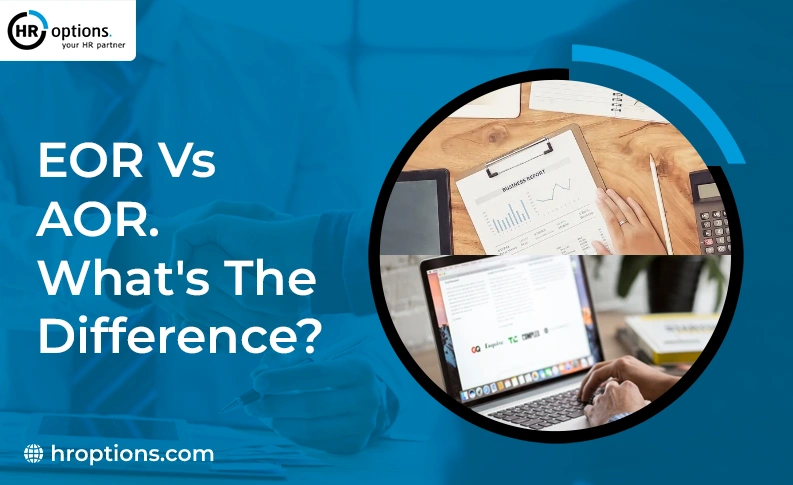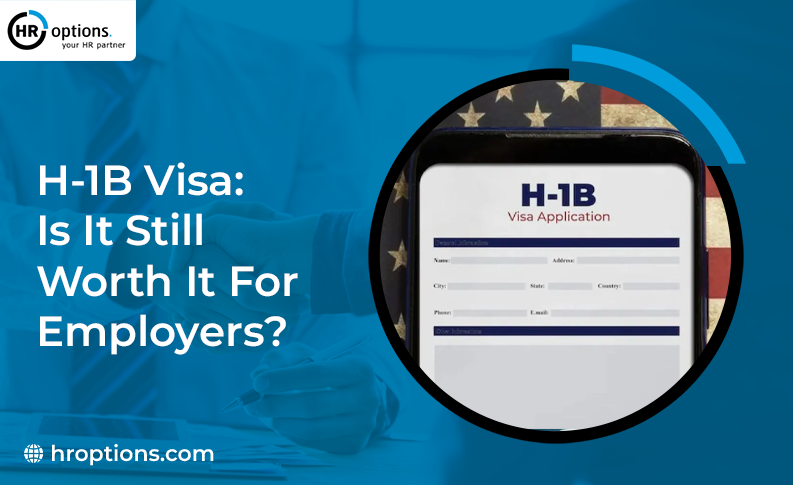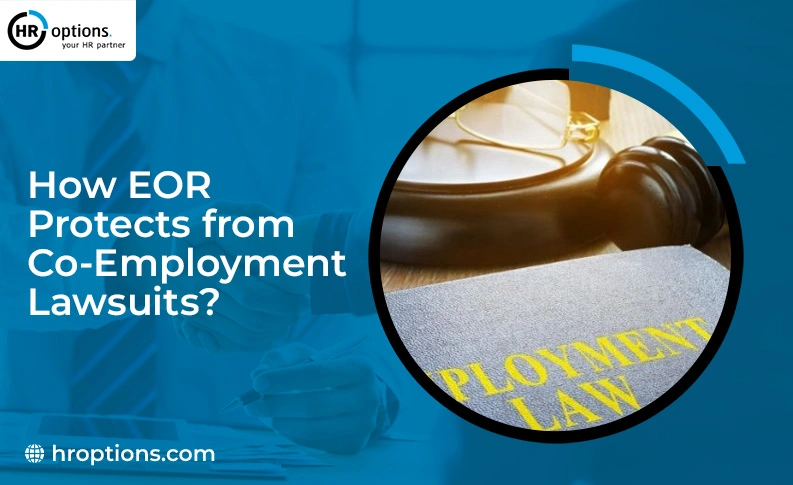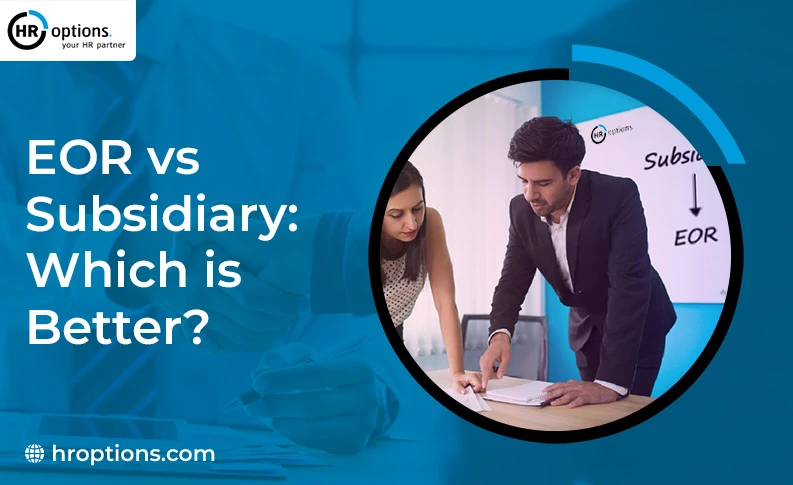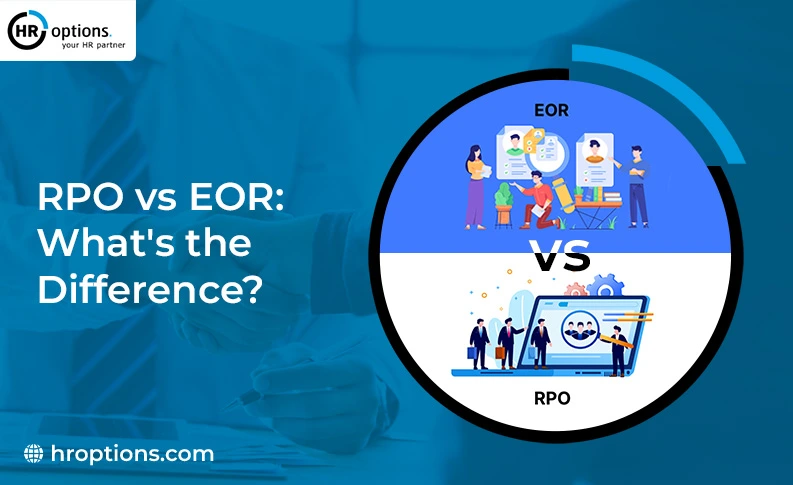Global hiring has become easier than ever, but businesses still face challenges in legal compliance, payroll, and contractor management. Employer of Record (EOR) and Agent of Record (AOR) are two common solutions. At first glance, they may sound similar, but they serve very different purposes. An EOR acts as the legal employer for full-time or part-time staff. It manages employment contracts, payroll, taxes, benefits, and compliance with local labour laws, making global expansion smoother. An AOR, on the other hand, focuses on independent contractors. It verifies contractor insurance, manages compliance risks, prevents worker misclassification, and protects businesses from liability issues. In short, EOR services are designed for employees, while AOR services are built for contractors. Understanding these differences helps companies choose the right solution for their workforce strategy.
What’s the Difference Between EOR and AOR?
Here are the key differences between the two:
What is an Employer of Record (EOR)?
An Employer of Record (EOR) is a third-party organization that becomes the legal employer of your workers in another country. While the client company retains operational control over daily tasks, the EOR handles employment contracts, payroll, taxes, social contributions, and compliance with local labour laws. This model is especially useful for companies expanding globally without setting up a local legal entity. By using an EOR, businesses can hire employees in new regions quickly and avoid compliance risks.
What is an Agent of Record (AOR)?
An Agent of Record (AOR) is different from an EOR. An AOR specializes in insurance verification and compliance for businesses engaging independent contractors. They ensure contractors have the right insurance, such as liability or workers’ compensation, and businesses reduce misclassification risks. The AOR is a broker between the contractor, insurance providers, and the company, ensuring all parties are properly covered. This service is particularly valuable in industries heavily reliant on contractors, such as IT, construction, and consulting.
EOR vs AOR: Detailed Comparison
| Feature | Employer of Record (EOR) | Agent of Record (AOR) |
| Main Role | Acts as the legal employer of workers in a foreign country | Acts as insurance and compliance partner for independent contractors |
| Coverage | Full-time and part-time employees | Independent contractors and freelancers |
| Core Services | Payroll, tax compliance, benefits, employment contracts, HR management | Insurance verification, risk management, contractor compliance |
| Compliance Focus | Labor laws, employee rights, taxes, and benefits | Insurance policies, contractor classification, and liability protection |
| Best For | Businesses expanding globally without setting up a local entity | Businesses hiring contractors and needing insurance compliance |
| Risk Management | Protects against legal issues related to employment law violations | Protects against misclassification and insurance gaps |
| Cost Structure | Service fees per employee or monthly charges | Commission or service fees based on contractor insurance and coverage |
| Example Use Case | A tech startup hiring employees in Germany without creating a local office | A construction company verifying insurance coverage for contractors |
When Should You Use an EOR?
- You want to expand into a new country and hire employees legally without opening a local entity.
- You’re testing new markets or hiring remote employees in multiple regions.
- You want to reduce HR and payroll management burdens.
- You prefer faster, compliant international hiring.
When Should You Use an AOR?
- Your business relies heavily on independent contractors.
- You operate in industries like IT, healthcare, or construction where contractor compliance is critical.
- You need to verify contractor insurance and reduce misclassification risks.
- You want a broker between your company, contractors, and insurers for proper coverage.
Pros and Cons of AOR
| Pros | Cons |
| Ensures contractors have proper insurance coverage | Does not handle payroll, taxes, or employee benefits |
| Reduces business risks related to liability and misclassification | Limited to contractor insurance and compliance tasks |
| Useful for industries that rely heavily on freelancers and contractors | Not suitable for managing full-time employee needs |
| Helps businesses maintain compliance without extra legal burden |
Pros and Cons of EOR
| Pros | Cons |
| Handles payroll, taxes, contracts, and benefits in compliance with local laws | Usually more expensive than AOR services |
| Allows businesses to hire globally without setting up a legal entity | Limited flexibility for managing independent contractors |
| Reduces legal risks by ensuring employment law compliance | May limit a company’s direct control over some HR functions |
| Makes international expansion faster and more cost-effective |
Conclusion
While EOR and AOR may sound similar, they solve different problems in workforce management. An EOR is the best option for businesses that want to hire employees legally and quickly across borders. An AOR is ideal for companies that rely on contractors and need help managing insurance and compliance risks. Understanding the difference between EOR and AOR allows businesses to choose the right solution for their workforce strategy. By using the right service, you can protect your company, reduce risks, and confidently focus on growth.
